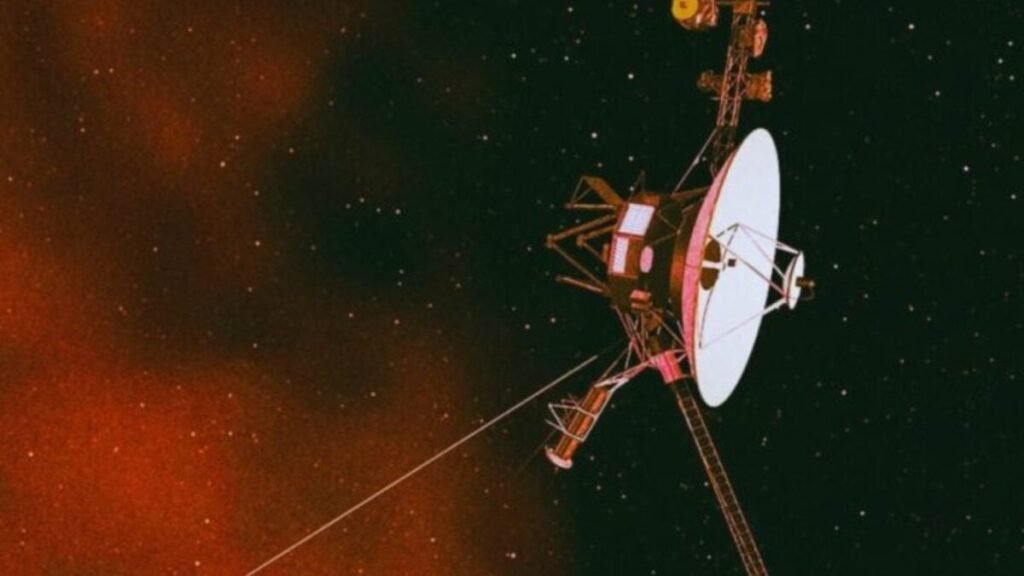A spaceship the size of a car is about to achieve the unthinkable: Travel the distance that light takes a whole day to travel.

In 1977, Voyager 1 set off into the unknown with the mission of exploring the limits of the solar system. Forty-nine years later, in November 2026, it will reach a milestone created by humans that will cover the same distance as light travels in 24 hours.
## A symbolic and scientific milestone

A “light day” is equivalent to about 26,000 million kilometers. By reaching this frontier, Voyager 1 will solidify its place as the farthest spacecraft ever launched. Since 2012, when it crossed the heliosphere and entered interstellar space, it has been exploring an uncharted environment, becoming humanity’s most remote laboratory.
## A tiny spacecraft with a massive journey
What’s remarkable is its size: barely comparable to that of a small car. Yet, it has endured over four decades in extreme conditions, traveling at 61,000 km/h. On November 15, 2026, it will reach this significant milestone. And just a few months later, on January 28, 2027, it will also reach the same distance from the Sun.
## Beyond the solar system

Voyager 1 is accompanied by its twin, Voyager 2, although the latter follows a shorter path. Together, they have provided detailed images of Jupiter, Saturn, and their moons, and today they continue to operate far beyond what their engineers imagined.
Each spacecraft carries a golden record, a poetic attempt to document our existence for whoever, or whatever, may find it in the future.
## The human echo in the cosmos
When Voyager 1 reaches the light day mark, it will not only break a record but also become a symbol of what humanity can achieve with modest technology and boundless ambition.
In the solitude of space, a car-sized spacecraft continues to journey into the unknown. And every kilometer it gains is proof that, even on a cosmic scale, we have learned to leave our mark.





